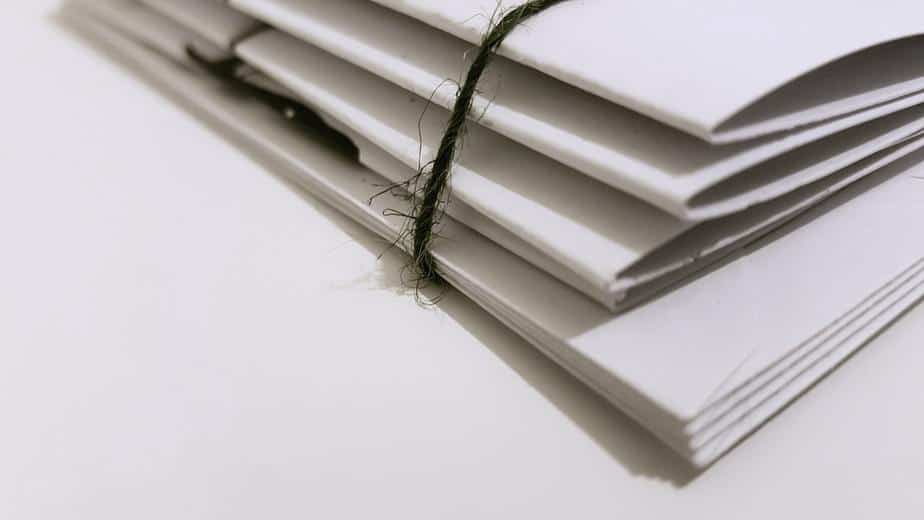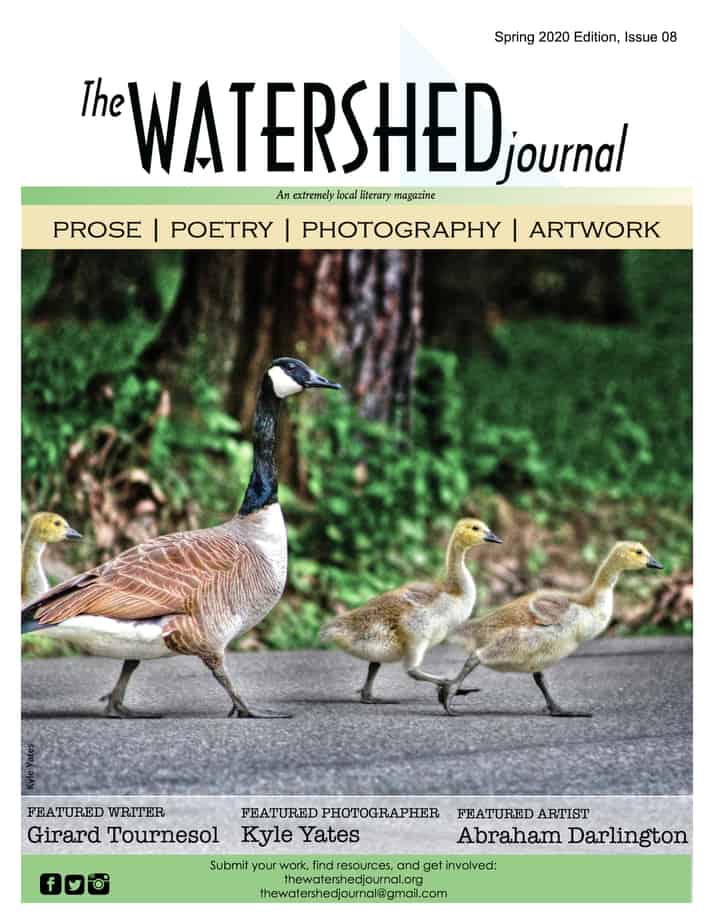Take a look behind the scenes at how The Watershed Journal produces its quarterly, inclusive magazine.
The Printing Cycle
Submissions
Anyone who lives in or writes about our portion of the PA Wilds is eligible to be in The Watershed Journal. We ask for up to 2 written pieces, up to 1500 words in length, and up to 10 photographs or pieces of art.
If submitters live in the region, then anything they’re writing, photographing or drawing is what we’re looking for. Our guidelines are short and simple and we work hard to reach a wide and diverse array of writers and artists.
Each magazine cycle starts with a one-month submissions period. During this time, writers, poets, photographers and artists email their work to thewatershedjournal@gmail.com in order to be considered for the next edition. There is never a charge to submit to the Journal. As we collect, track and share the submissions within our production staff, we market across platforms to reach as many local storytellers as we can.
Production
Editing
At the end of the submissions month, we move into the editing period. Three to five editors take a fine-toothed comb to each submission, line editing for spelling and consistency errors. The editors work to uphold the individual style of the submitters while elevating the accessibility of each piece.
We depend on remote collaboration throughout the majority of the magazine production. Our team communicates through Slack, a project management software, that allows us to track multiple efforts and lines of thinking at once. We are a group of young mothers and full-time career-havers, so we created a work environment that allows for random and unscheduled snippets of productive time.
Layout
As writings are released from editing, they are kicked over to our designer for layout. She takes each written piece and scans the submitted photographs and artwork for a perfect match. Each prepared page is shared with the group for feedback and suggestions, sometimes resulting in multiple revisions and discussions. There are around 40 pages each edition that the team painstakingly produces and examines.
Once we have our full magazine designed, submitters are notified by email about which of their pieces have been chosen for publication. The Watershed Journal does not retain publishing rights for the pieces we include.
Printing
We then send the draft file to our printer, Labue Printing in Dubois, for a test run to determine the layout. Each page is printed one-sided and we physically put them together to see how they should be paired. We’ve had to get creative with this part of the process during the coronavirus lockdown and are grateful for the video chat technology available to us these days.
The pages prepared and in order, we next send the final PDF file to Labue. Around a week later, we have magazines in hand and ready for reading. We deliver Member copies, pre orders and sponsored library copies immediately. Typically, we then stock our distributors and set aside a number of copies to sell at events.
Online Presence
Some of the submissions that were not chosen for the print magazine are featured on the Online Exclusives section of our website. We started doing this early on as a way to provide a taste of the kind of work coming from our region and to provide a mobile-friendly experience for digital readers. This section has been so popular that when our distributors closed during the coronavirus outbreak, we decided to expand our online presence by making the Spring 2020 Edition entirely available online.
Back issues are still available for purchase in a number of ways. We are currently running a special on a bundle of all our 2019 editions. Some editions are available as eBooks via Amazon. Check out the information for each individual issue here. If you are looking for a specific edition of The Watershed Journal to round out your collection, just contact us!
Frequently Asked Questions
We are dedicated to publishing a diverse array of storytelling. Originality and authenticity of voice is key for our regional representation and we encourage people to send us work they love rather than focusing on what they think “belongs” in The Watershed Journal. We love that each edition takes on a character of its own due to the changing topics, styles and perspectives we receive.
If you live in our region of NW PA, then what you’re creating is what we want. Many of our submitters are inspired by their surroundings and local experiences, but we don’t require material from local storytellers to be directly related to our region. In fact, we love to be surprised! Check out a list of our covered counties here in our guidelines.
Some publishers define the value of their product based on how much work they turn away. The Watershed Journal, instead, takes pride in how many voices are included. We make the submissions process as accessible as possible by removing paywalls and providing simple ways to share work. We collaborate with local writers groups, libraries and community leaders to reach a wide variety of storytellers in our region. And finally, we provide resources to our local writing community to empower them to share their voices effectively.
The big answer is yes, because we do not retain publishing rights to any pieces that appear in the Journal. However, be sure to take a look at the guidelines for any future submissions to make sure they don’t require themselves to be the first publication.
Tips for Optimizing Your Submission
- Read your work out loud to yourself (or have Siri help you)
- Have at least one other person read it and provide feedback
- Take a second look at our guidelines
- Use a grammar checker like grammarly.com to see what changes might be suggested. Any purposeful grammar/spelling divergences should be pointed out to the editors.
More Resources for Storytellers
- Quarterly storytelling Workshops hosted by The Watershed Journal – hone your craft and connect with other writers
- Monthly writer’s meetings with Writer’s Block Party – share your work and receive feedback and encouragement
- Online writer’s resources from The Watershed Journal – writing tips, philosophy of writing and more
- Writers of the Watershed podcast – discover what inspires local writers and how they create various writing disciplines




